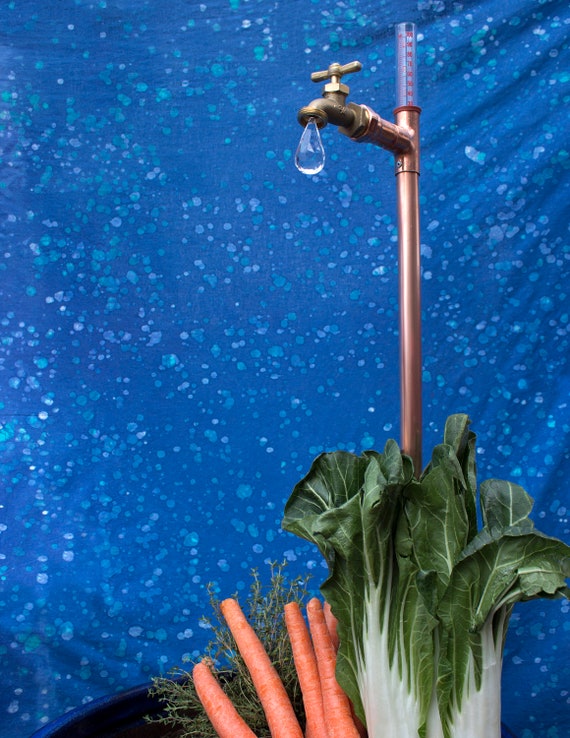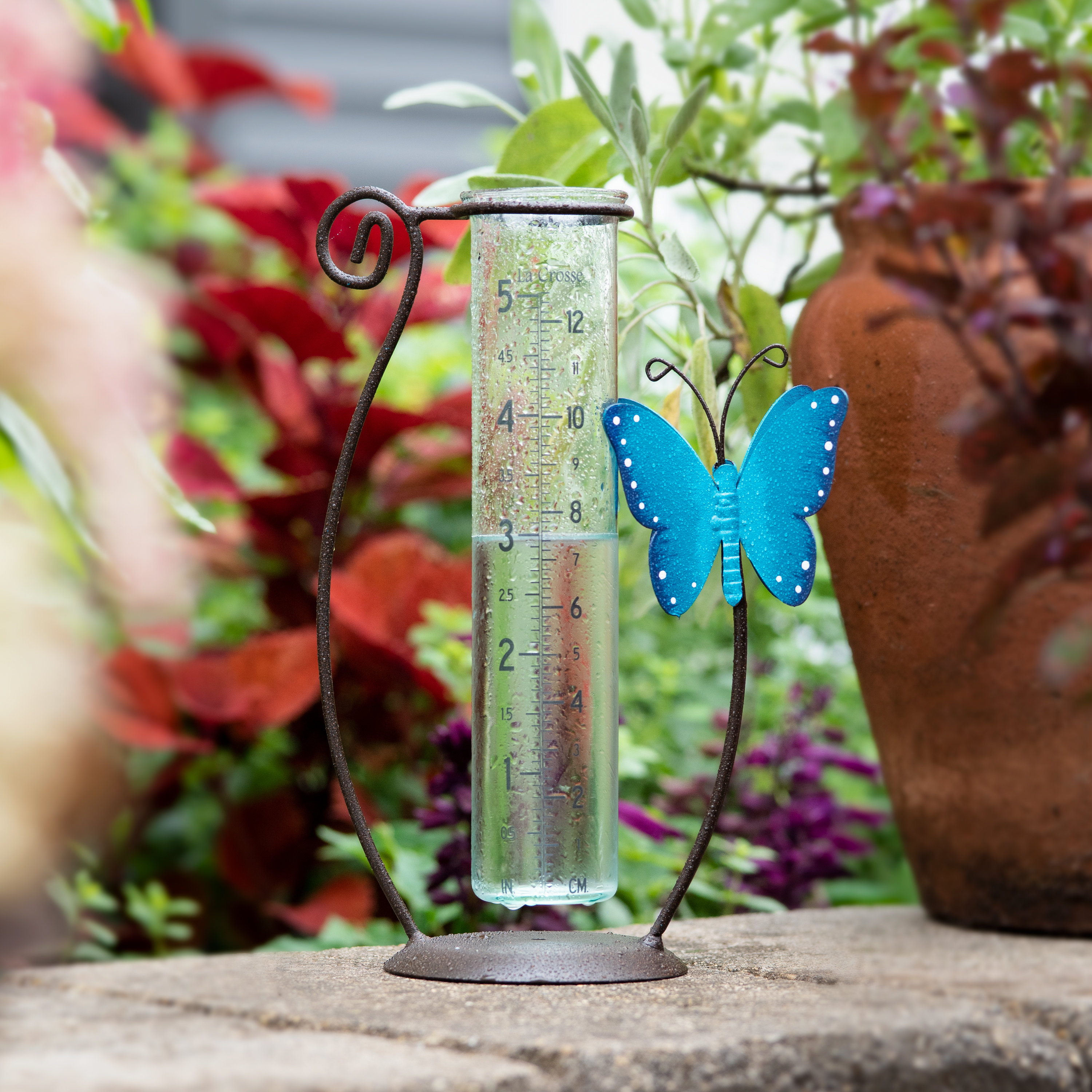Understanding The Rain Gauge: Significance, Types, and Usage Explained
Understanding The Rain Gauge: Significance, Types, and Usage Explained
Blog Article
Just How to Pick the Right Rain Scale for Accurate Rain Information
Exact rains information is essential for various sectors and tasks, such as water, weather forecasting, and agriculture source monitoring. To acquire trusted dimensions, it is necessary to pick the best rain gauge. This guide intends to give important insights right into the option procedure, allowing you to make informed decisions. Taking into consideration factors such as place, type, and precision of the rain gauge will help guarantee exact data collection. Additionally, recognizing the upkeep and calibration procedures will contribute to the long life and integrity of your rain scale. By adhering to these standards, you can make sure precise rains information, making it possible for better decision-making and planning for different applications.
Importance of Choosing the Right Rain Gauge
The value of selecting the best rainfall gauge hinges on acquiring dependable and accurate rains information for accurate meteorological analysis. Rain data is important for a wide variety of applications, consisting of weather condition forecasting, hydrological modeling, and environment research. Inaccurate or unreliable data can bring about incorrect final thoughts and flawed decision-making procedures.

Second of all, the precision and accuracy of the rainfall scale are critical. The gauge must be able to determine rains with high precision, capturing even percentages of rainfall properly. It ought to additionally minimize errors as a result of dissipation, wind, and other ecological factors. Regular calibration and upkeep are vital to guarantee ongoing precision.
In addition, the location and installation of the rainfall scale are crucial considerations. It must be positioned in an open area, far from blockages that could impact rains dimensions. The scale must be positioned at an appropriate height and angle to stay clear of splashing and ensure proper catchment of rainwater.
Elements to Take Into Consideration When Picking a Rainfall Gauge
When selecting a rainfall gauge, there are a number of vital variables to think about. These aspects can considerably affect the accuracy and dependability of the rainfall information accumulated. The first aspect to consider is the sort of rain gauge. There are various types readily available, including conventional rainfall gauges, tipping bucket rain evaluates, and weighing rain assesses. Each kind has its very own advantages and negative aspects, so it is very important to pick one that ideal matches your details demands and requirements.
An additional variable to take into consideration is the material of the rain gauge. Rainfall evaluates can be made from different products, such as steel, glass, or plastic. The material picked need to be durable and immune to weather conditions, ensuring that the rain scale will withstand the elements and provide accurate measurements gradually.
Precision is also a critical factor to think about. Try to find rain determines that have actually been calibrated and evaluated for precision. Attributes such as anti-splash rings and funnels can also boost the accuracy of the dimensions.

Lastly, think about the climate and setting in which the rainfall gauge will be used. Various rain assesses appropriate for various environments, so it is essential to select one that is ideal for the problems in your location.
Various Kinds of Rainfall Assesses Offered
To even more discover the variables to consider when selecting a rainfall gauge, it is essential to recognize the different sorts of rain determines offered. There are numerous kinds of rainfall assesses, each with its very own benefits and drawbacks. The most usual kind is the common rainfall scale, likewise understood as the round rainfall scale. This kind contains a straight-sided round container with a funnel-shaped top. It is easy to use and provides precise dimensions of rains.
Another kind of rainfall gauge is the tipping pail rainfall scale. As the rain falls into the gauge, it loads up one side of the container, causing it to clear the water and tip.
A 3rd kind of rainfall scale is the considering rain gauge. As the rainfall drops right into the scale, it is gathered in a container attached to a balance.
Ultimately, there are additionally remote rain assesses that usage progressed technology to measure rains (The Rain Gauge). These assesses usage sensors and transmitters to send out data wirelessly to a main device. Remote rain evaluates are convenient for monitoring rainfall in hard-to-reach locations or for large information collection
How to Determine the Precision of a Rainfall Gauge
One means to assess the precision of a rain gauge is by conducting normal calibration dimensions. Calibration includes contrasting the analyses of a rainfall gauge to a typical measurement, such as a licensed rain gauge or a climate station with high precision. By comparing the dimensions, any type of discrepancies or mistakes in the rainfall gauge can be identified and accounted for.
To carry out a calibration measurement, Get More Info beginning by accumulating rainfall information from both the rainfall scale and the conventional measurement tool over a particular amount of time, such as a month. After that, contrast the analyses and calculate the difference in between them. This distinction is called the calibration error.
It is crucial to keep in mind that calibration dimensions must be carried out consistently, as ecological aspects, such as temperature level, wind, and debris, can affect the precision of the rainfall scale gradually. By performing normal calibrations, any modifications in the precision of the rainfall gauge can be detected and changes can be made accordingly.
In enhancement to calibration, it is additionally advised to tidy and keep the rainfall scale consistently to guarantee its precision. Eliminate any type of particles or blockages that might influence the precision of the dimensions, and look for any indicators of damage or put on that may call for repair services or substitute.
Tips for Preserving and Calibrating Your Rain Scale
Routine upkeep and calibration are important for making sure the precision and dependability of your rainfall gauge in determining rainfall data (The Rain Gauge). By adhering to a few basic tips, you can make certain that your rain gauge is properly kept and calibrated
First of all, it is essential to clean your rain scale consistently to stop any debris or dust from blocking the rain collection system. Utilize a light detergent and a soft brush to gently clean the inside and beyond the scale. Rinse it thoroughly with tidy water and permit it to completely dry completely before re-installing it.
Secondly, it is recommended to adjust your rain gauge at the very least annually. Calibration involves comparing the dimensions of your rain scale with those of a relied on and accurate referral gauge. This will certainly aid check over here you determine and fix any potential mistakes in your rainfall gauge's dimensions.
To calibrate your rainfall gauge, gather a known quantity of water using a determining container and contrast it with the dimensions recorded by your rain gauge. Adjust the readings accordingly to make sure precision.

Conclusion
In final thought, selecting the appropriate rainfall gauge is essential for getting precise rainfall data. Elements such as spending plan, purpose, and place must be taken into consideration when choosing a rain gauge.
There are different kinds available, including common rainfall determines, tipping bucket rainfall gauges, and weighing rain evaluates.To even more check out the elements to think about when selecting a rain gauge, it is crucial to understand like this the various kinds of rainfall assesses offered. The most common type is the common rainfall scale, likewise understood as the cylindrical rain scale.An additional kind of rainfall gauge is the tipping container rain scale. Calibration entails contrasting the readings of a rainfall scale to a typical dimension, such as a licensed rain gauge or a climate terminal with high accuracy.
Report this page